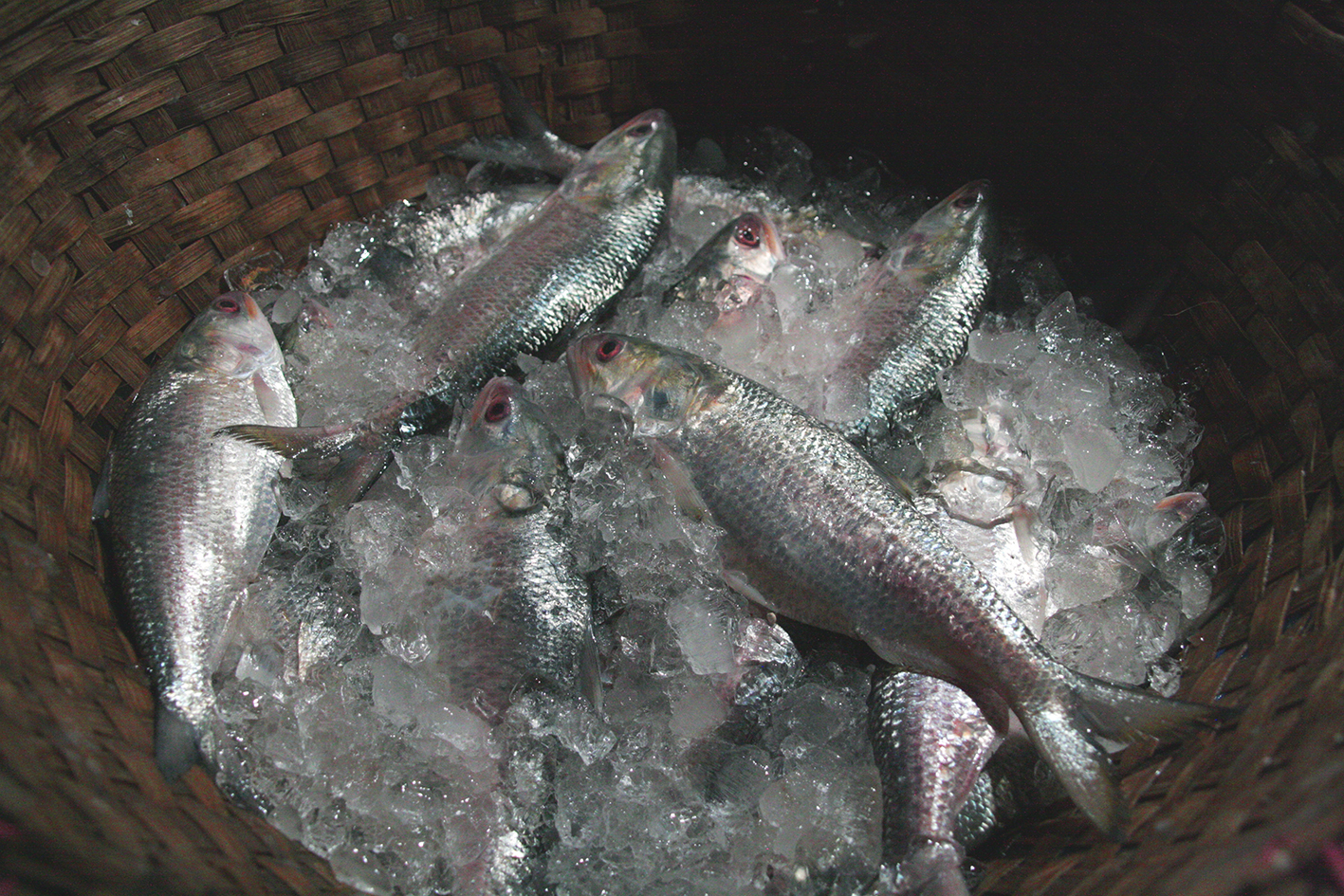MONASS Research Fellow, Beth Cullen presented a paper titled ‘The fish, the delta and the monsoon: storying Hilsa ecologies’ at the Multispecies Storytelling in Intermedial Practices Conference that took place 23 – 25 January 2019, Linnæus University, Sweden, in collaboration with the Laboratory of Aesthetics and Ecology, Copenhagen/Berlin.
Here is the abstract of her paper:
What can a fish tell us of changing monsoons and expanding cities? What can a fish tell us of rivers and oceans, of tides and the moon? What can a fish tell us of salt water and sweet water, of currents and flow, of sediment and pollution? This paper tells the story of the Hilsa, a light phobic, deep water fish which migrates annually from the Bay of Bengal to the Bengal Delta and whose life cycle is intertwined with the rhythms of the monsoon. This culturally iconic, transboundary fish supports numerous other species and provides food and livelihoods for millions of people. In recent times Hilsa behaviour has changed and numbers have declined, with devastating consequences for those who rely on it. The story of this fish illustrates the impacts of rapid urbanisation, industrialisation and large-scale infrastructural interventions on complex monsoon ecologies and landscapes. In seeking to understand the significance of the Hilsa to a fisher, cook, scientist and river activist, vast spatial relationships, multisensory knowledges and complex interconnections are brought to light. Ethnographic storytelling is used to reveal a spatio-temporal meshwork of relations between human and more-than-human beings.

Hilsa fish, Chandpur. Photograph by Beth Cullen.
